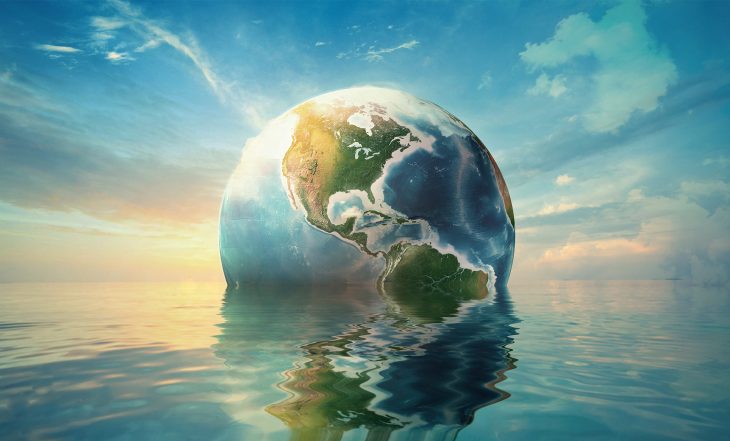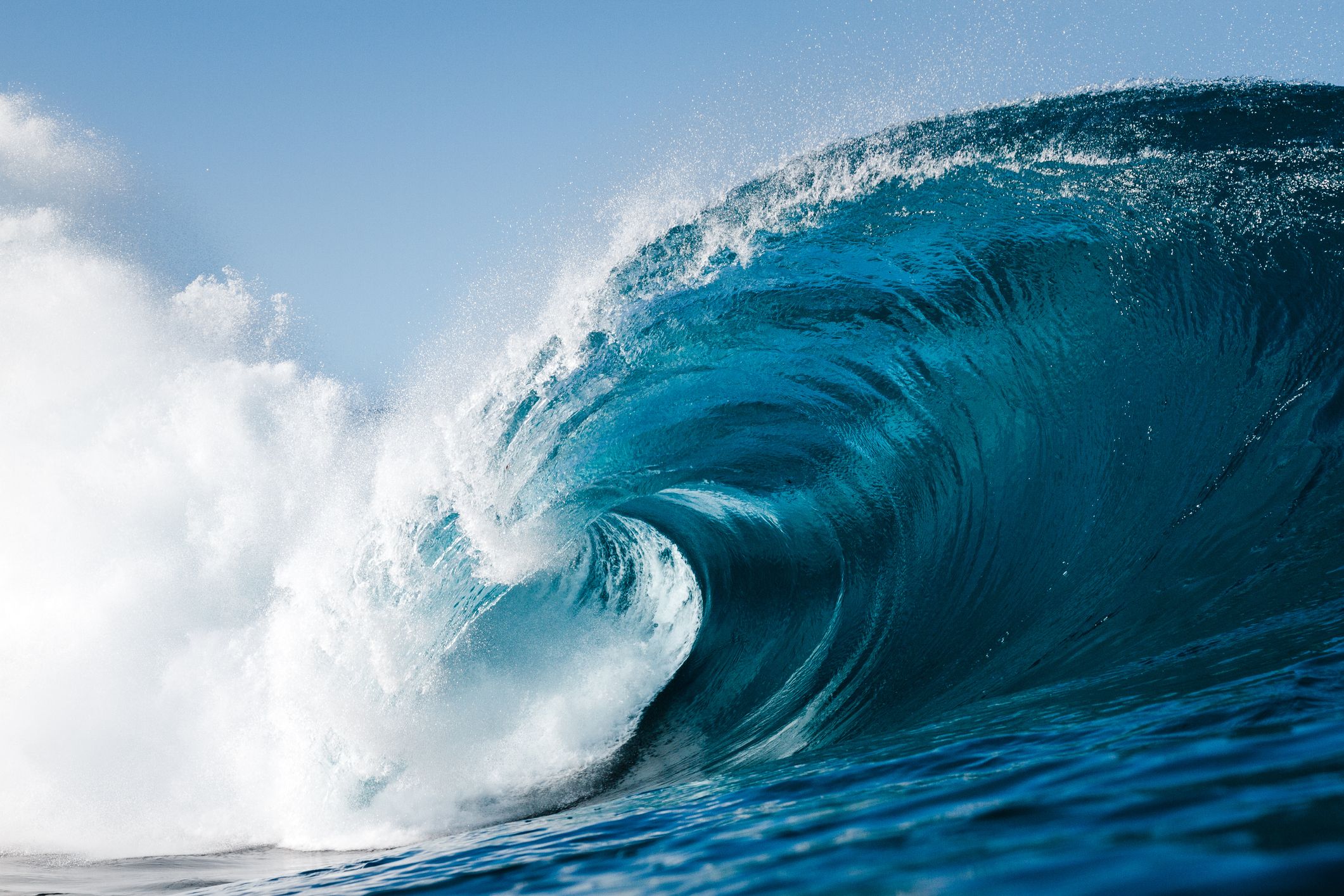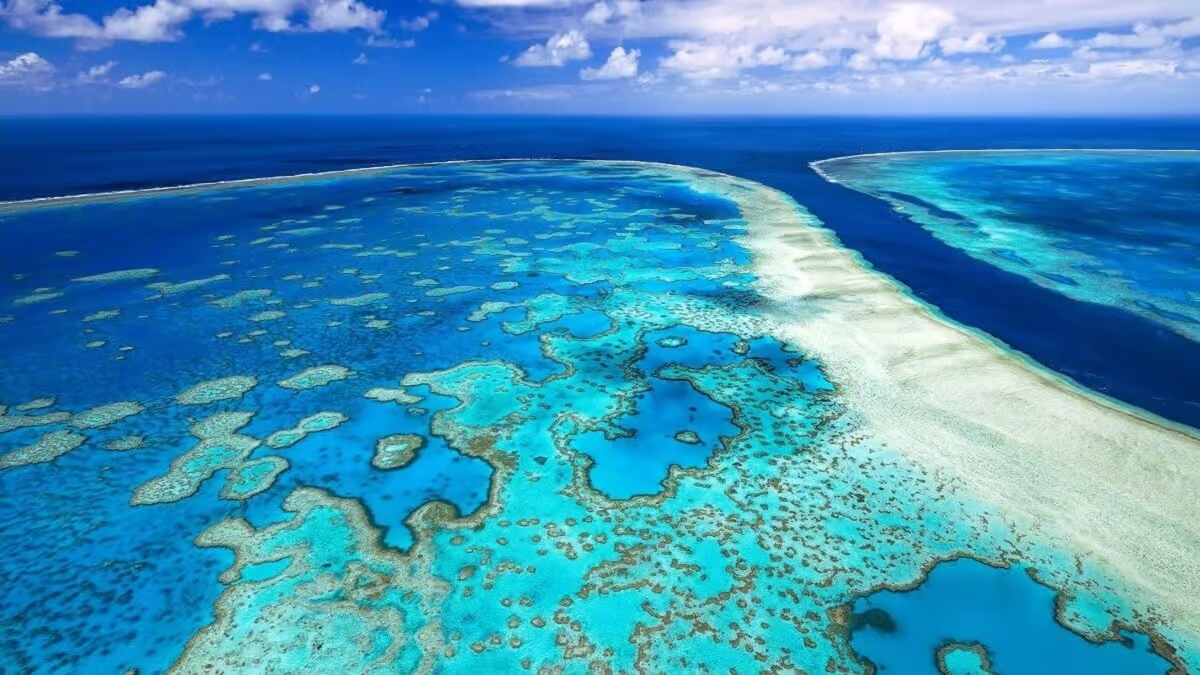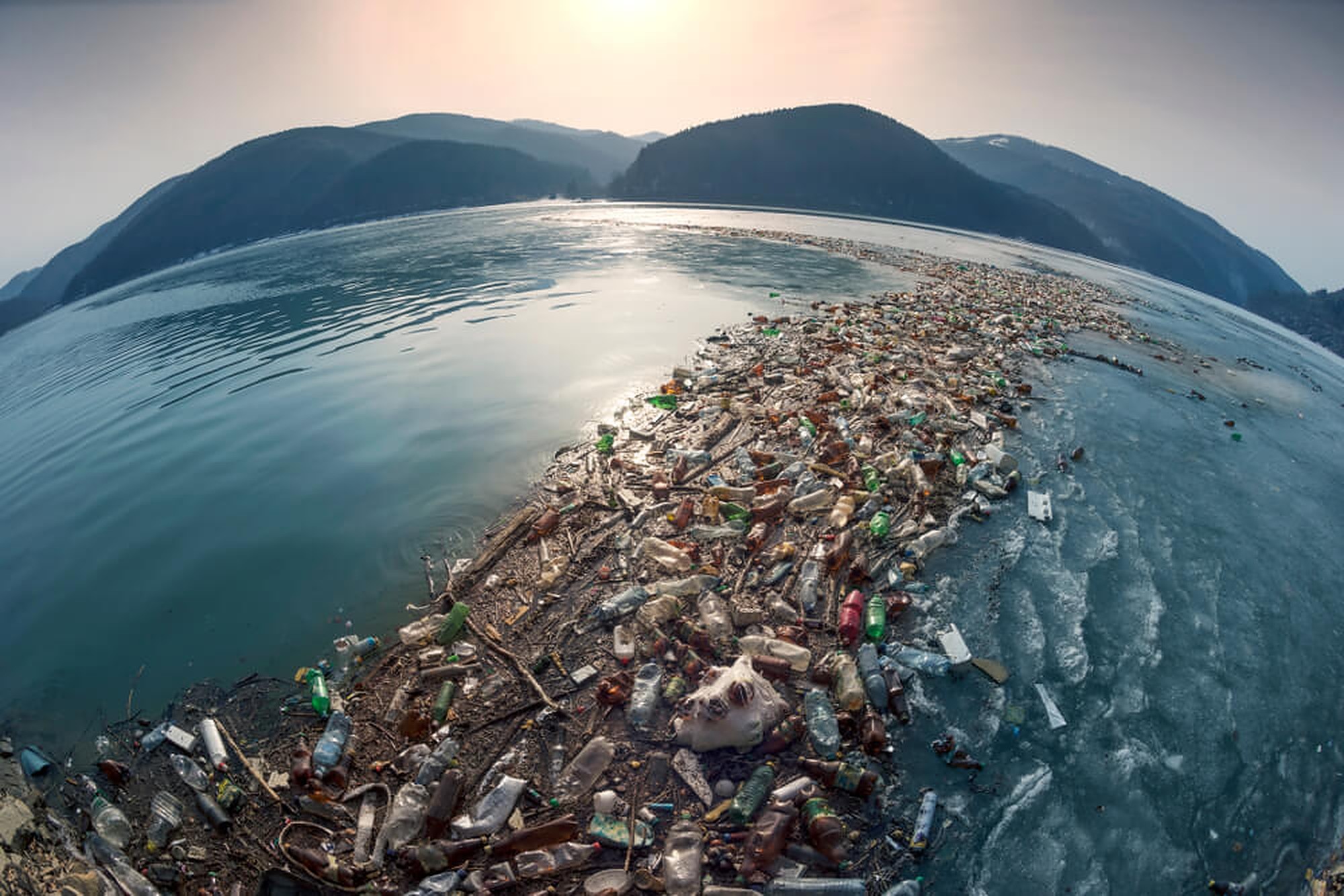
The ocean is a vast and mysterious expanse that covers over 70% of the Earth’s surface. It is teeming with life and holds countless secrets waiting to be discovered. In this article, we will dive into the depths of the ocean and explore 25 intriguing facts that will leave you in awe of this remarkable ecosystem.
The Ocean: A Planet Within a Planet
The ocean is not merely a part of our planet; it can be considered a separate world of its own. With an average depth of about 12,080 feet (3,682 meters), it is home to an estimated 230,000 known species, and scientists believe that there are millions more yet to be discovered.
The Vastness of the Ocean
The total volume of the world’s oceans is approximately 320 million cubic miles (1.332 billion cubic kilometers). To put this into perspective, if all the continents were to be submerged, the entire planet, excluding mountains, would be covered by an ocean with an average depth of over 12,000 feet (3,660 meters).

The Deepest Point on Earth
The Mariana Trench in the western Pacific Ocean is the deepest part of the world’s oceans, reaching a staggering depth of 36,070 feet (10,972 meters). This depth is greater than the height of Mount Everest, the tallest mountain on land.
The Mysterious Deep Sea
The deep sea, also known as the abyssal zone, begins at depths of around 3,300 feet (1,000 meters) and extends to the ocean floor. It remains one of the most unexplored and mysterious regions on Earth, with less than 5% of the ocean’s depths having been explored by humans.
The Great Barrier Reef: A Natural Wonder
The Great Barrier Reef, located off the coast of Queensland, Australia, is the largest coral reef system in the world. Spanning over 1,400 miles (2,300 kilometers), it is so vast that it can be seen from space. This vibrant ecosystem is home to a remarkable array of marine life.

The Blue Whale: A Marvel of the Ocean
The blue whale, the largest animal ever known to have existed, calls the ocean it’s home. These magnificent creatures can reach lengths of up to 98 feet (30 meters) and weigh around 200 tons. To sustain their massive size, blue whales consume an astonishing amount of krill, estimated to be around 4 tons per day.
The Mid-Ocean Ridge: Underwater Mountain Range
Stretching over 40,000 miles (64,000 kilometers) across the globe, the Mid-Ocean Ridge is the longest mountain range on Earth. This underwater ridge system spans various ocean basins and is a result of tectonic plate movement and volcanic activity.
The Five Oceans of the World
Traditionally, the world’s oceans were divided into four: the Atlantic, Pacific, Indian, and Arctic Oceans. However, in 2000, the International Hydrographic Organization recognized the Southern Ocean as the fifth official ocean. This ocean encircles Antarctica and is known for its frigid waters and unique ecosystem.
The Ocean’s Role in Climate Regulation
The ocean plays a crucial role in regulating Earth’s climate. It acts as a giant heat sink, absorbing and storing vast amounts of heat from the sun. Additionally, ocean currents, such as the Gulf Stream, redistribute heat around the planet, influencing weather patterns and climate conditions.
The Bioluminescence Phenomenon
Bioluminescence, the production of light by living organisms, is a fascinating phenomenon found in various marine creatures. Some organisms, like bioluminescent plankton, emit light when disturbed, creating a mesmerizing glow that can be seen in coastal waters.

The Endless Network of Ocean Currents
Ocean currents are like rivers flowing within the ocean. They are driven by various factors, including temperature, salinity, wind, and the Earth’s rotation. These currents are responsible for transporting heat, nutrients, and marine life across vast distances, connecting different regions of the ocean.
The Coral Reefs: Underwater Rainforests
Coral reefs are incredibly diverse ecosystems, often referred to as the “rainforests of the sea.” Despite covering less than 1% of the ocean floor, they provide a habitat for approximately 25% of all marine species. Coral reefs are delicate and are currently facing significant threats due to climate change and human activities.
The Tides: A Dance between the Ocean and the Moon
Tides are the rise and fall of sea levels caused by the gravitational forces exerted by the Moon and the Sun. As the Moon orbits the Earth, it creates a gravitational pull that causes the ocean waters to bulge, leading to high and low tides. Tides have a significant impact on coastal ecosystems and influence various activities, such as navigation and
The Ocean’s Salty Secret
The ocean is saline due to the presence of dissolved salts, primarily sodium chloride (common salt). It is estimated that there are about 50 quadrillion metric tons of salt dissolved in the ocean. If all the salt in the ocean were spread over the Earth’s land surface, it would form a layer approximately 500 feet (152 meters) thick.
The Great Pacific Garbage Patch
The Great Pacific Garbage Patch is an enormous area of marine debris located in the North Pacific Ocean. It is estimated to be twice the size of Texas and primarily consists of plastic waste. This accumulation of trash poses a significant threat to marine life and highlights the urgent need for better waste management and conservation efforts.

The Ocean’s Oxygen Supply
The ocean is a vital source of oxygen for the planet. Through photosynthesis, marine plants, algae, and cyanobacteria produce approximately 70% of the Earth’s oxygen. The microscopic organisms in the ocean, known as phytoplankton, are particularly important in this process.
The Whales’ Serenade
Whales are known for their haunting and melodic songs that can travel vast distances through the ocean waters. These songs serve various purposes, including communication, mating rituals, and navigation. Each whale population has its distinct song, and these compositions can last for hours.
The Sunken Cities of the Ocean
Throughout history, numerous cities and civilizations have been swallowed by the ocean due to natural disasters or rising sea levels. Some well-known sunken cities include Atlantis, off the coast of Greece, and Port Royal, once a bustling pirate haven in Jamaica. These submerged remnants offer valuable insights into our past.
The Ocean’s Role in Carbon Sequestration
The ocean acts as a crucial carbon sink, absorbing vast amounts of carbon dioxide from the atmosphere. Phytoplankton, through photosynthesis, captures carbon dioxide, and when they die, their remains sink to the ocean floor, effectively storing carbon for long periods. This process helps mitigate the effects of climate change.
The Magnificent Migration of Marine Species
Migration is a common phenomenon among marine species. From whales traveling long distances to breed to sea turtles returning to their birthplace to lay eggs, these epic journeys showcase the incredible navigational abilities and instincts of marine creatures.
The Titanic: A Fateful Resting Place
The RMS Titanic, famously known as the “unsinkable” ship, met its tragic fate in the North Atlantic Ocean in 1912. The wreckage of the Titanic was discovered in 1985, resting approximately 12,500 feet (3,800 meters) below the surface. The remains of the ship serve as a memorial and a reminder of the ocean’s power.

The Mesmerizing Diversity of Ocean Life
The ocean is teeming with an incredible diversity of life forms. From microscopic plankton to massive whales, countless species have adapted to thrive in different marine environments. Coral reefs alone support more species per unit area than any other marine ecosystem on Earth.
The Impact of Overfishing
Overfishing, the practice of extracting fish from the ocean at a rate that exceeds their reproductive capacity, has had severe consequences on marine ecosystems. It has led to the depletion of fish populations, disrupted food chains, and caused imbalances in the overall health of the ocean. Sustainable fishing practices are crucial to protect marine life and maintain healthy oceans.
The Threat of Ocean Acidification
As a result of increasing carbon dioxide levels in the atmosphere, the ocean is becoming more acidic. This process, known as ocean acidification, has detrimental effects on marine life, particularly on organisms with calcium carbonate shells, such as corals and shellfish. Addressing the root causes of ocean acidification is vital to safeguard the future of these vulnerable ecosystems.
The Oceans: Our Lifeline
The ocean is an integral part of our lives, regardless of where we live. It influences weather patterns, provides food and resources, offers recreational opportunities, and serves as a source of inspiration and wonder. We must recognize our responsibility to protect and preserve this precious ecosystem for future generations.
Conclusion
The ocean is a realm of endless wonder and discovery. Its vastness, biodiversity, and mysteries continue to captivate and inspire us. From the deepest trenches to the vibrant coral reefs, the ocean holds a wealth of knowledge and beauty. However, it is also facing numerous challenges, including pollution, overfishing, and climate change. We must strive to understand, respect, and protect the ocean, ensuring its sustainability for generations to come.
Frequently Asked Questions (FAQs)
How deep is the ocean?
The average depth of the ocean is about 12,080 feet (3,682 meters).
What is the largest coral reef system in the world?
The Great Barrier Reef, located off the coast of Queensland, Australia, is the largest coral reef system in the world.
How do tides work?
Tides are caused by the gravitational forces of the Moon and the Sun. As the Moon orbits the Earth, it creates a gravitational pull that causes the ocean waters to bulge, resulting in high and low tides.
How much salt is in the ocean?
The ocean contains approximately 50 quadrillion metric tons of salt, primarily sodium chloride.
Why are coral reefs important?
Coral reefs are important ecosystems that provide a habitat for approximately 25% of all marine species. They also protect coastlines from erosion and support local economies through tourism and fishing.
What is ocean acidification?
Ocean acidification is the process in which the ocean becomes more acidic due to increased carbon dioxide levels in the atmosphere. This has detrimental effects on marine life, particularly organisms with calcium carbonate shells.
Was this page helpful?
Our commitment to delivering trustworthy and engaging content is at the heart of what we do. Each fact on our site is contributed by real users like you, bringing a wealth of diverse insights and information. To ensure the highest standards of accuracy and reliability, our dedicated editors meticulously review each submission. This process guarantees that the facts we share are not only fascinating but also credible. Trust in our commitment to quality and authenticity as you explore and learn with us.


